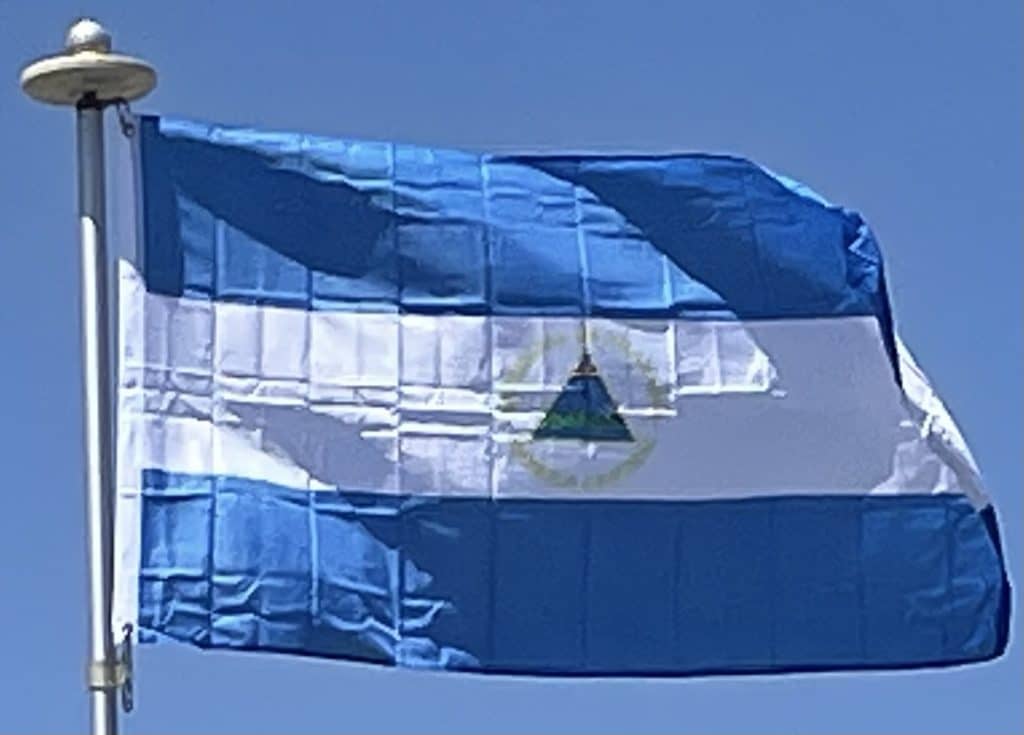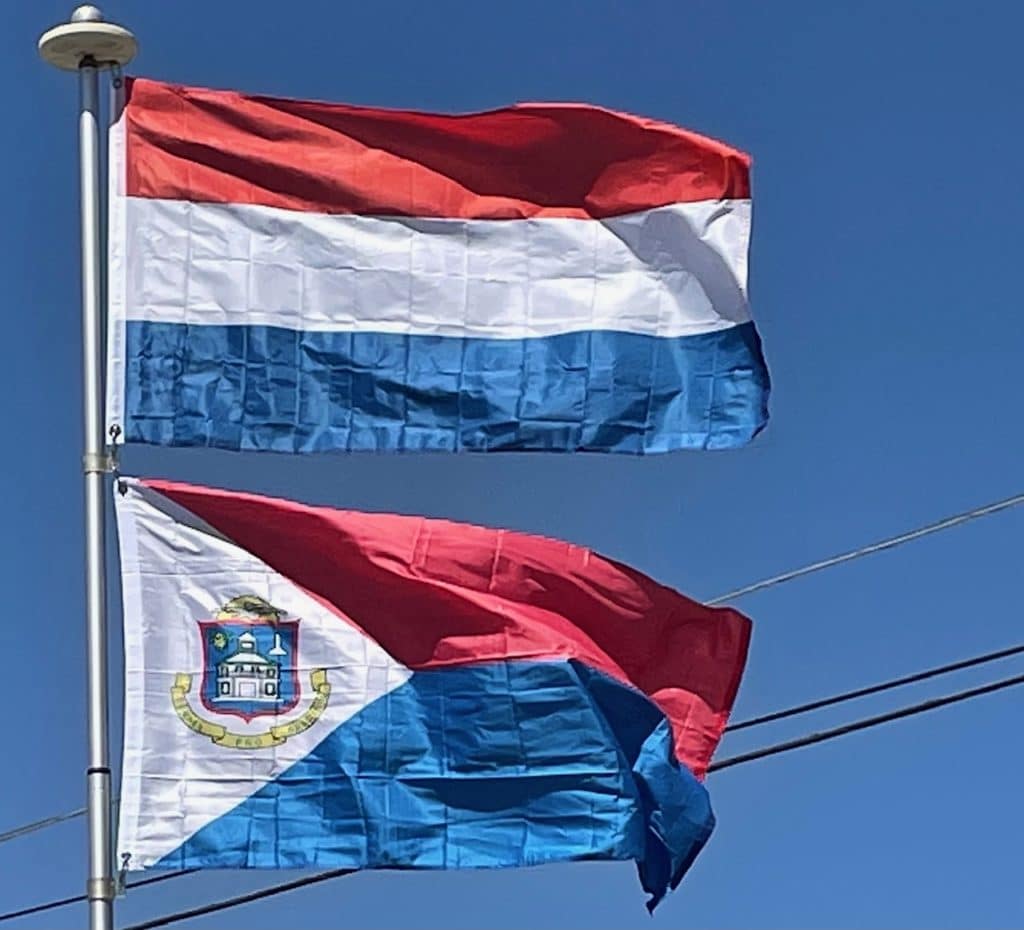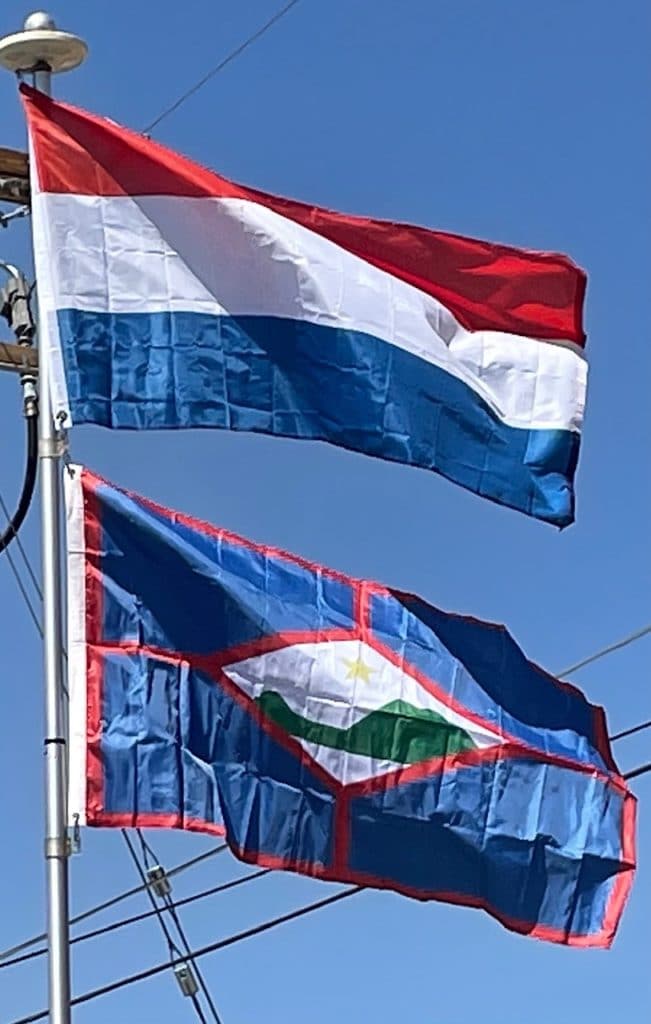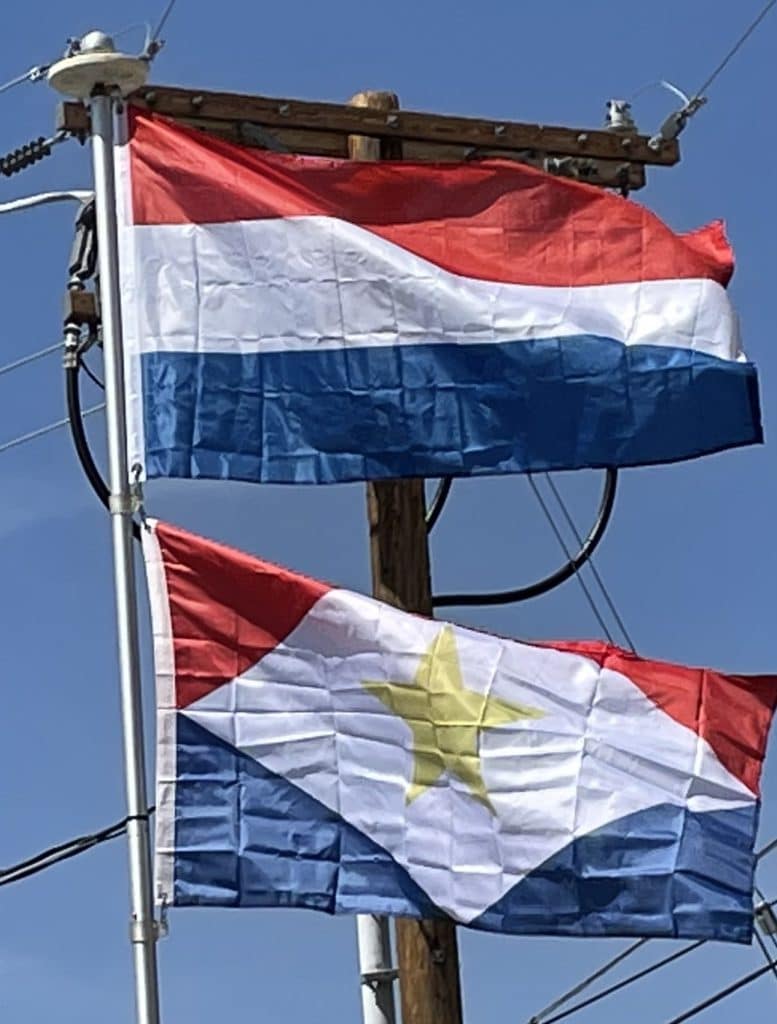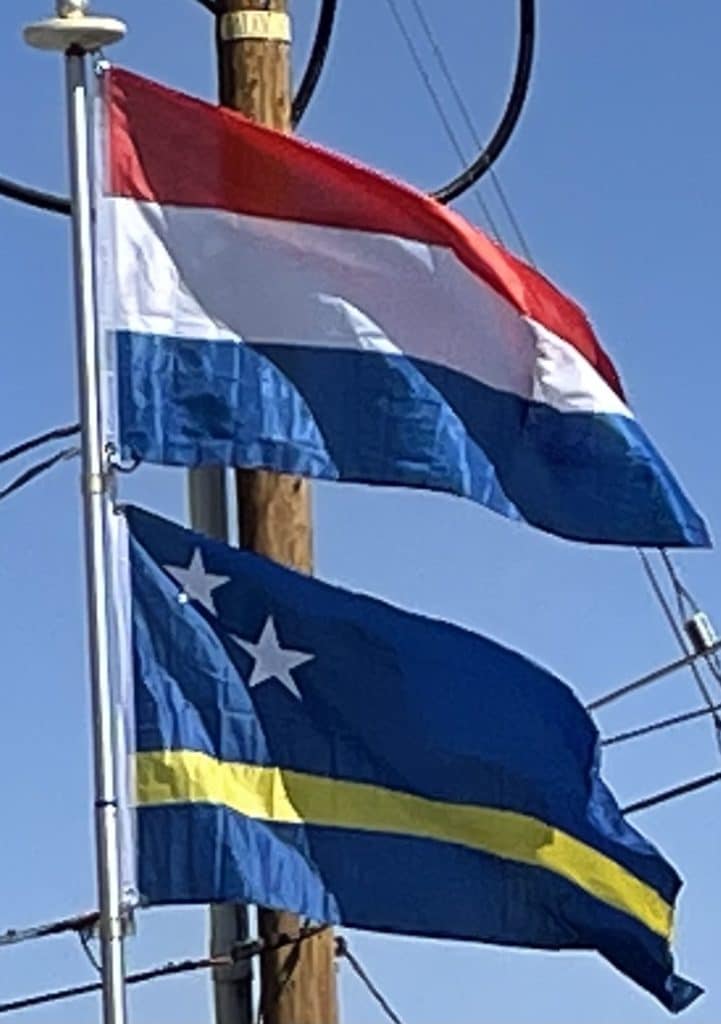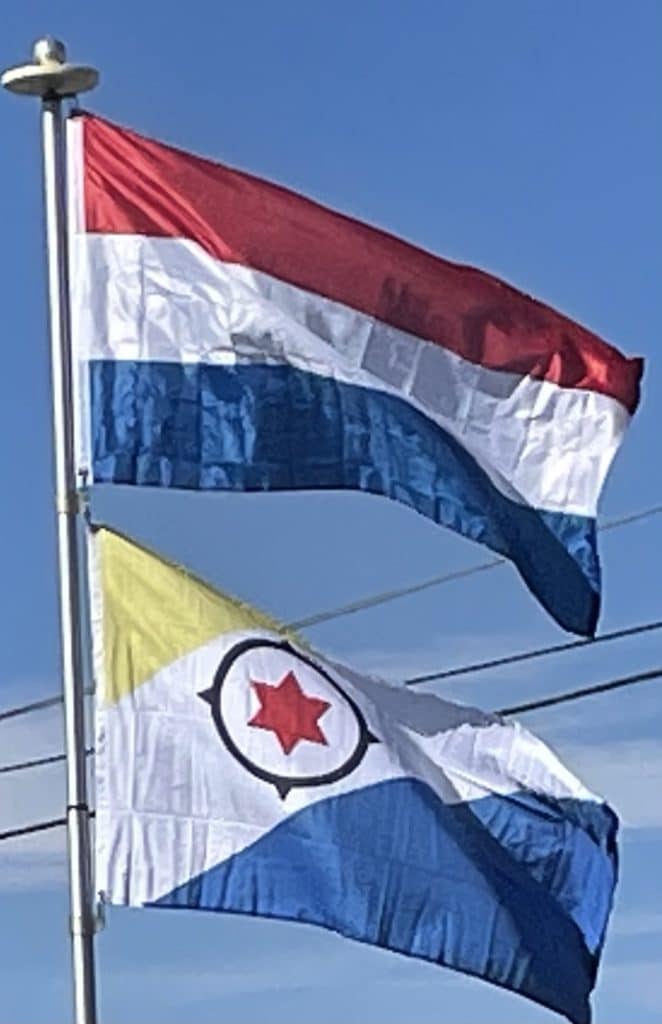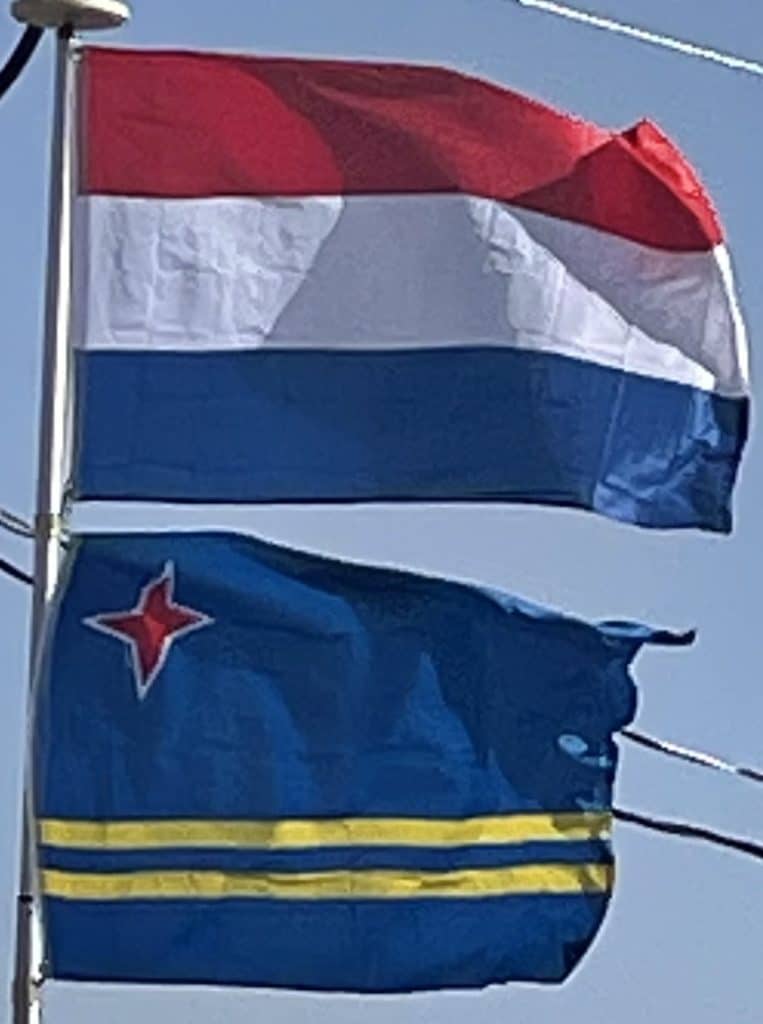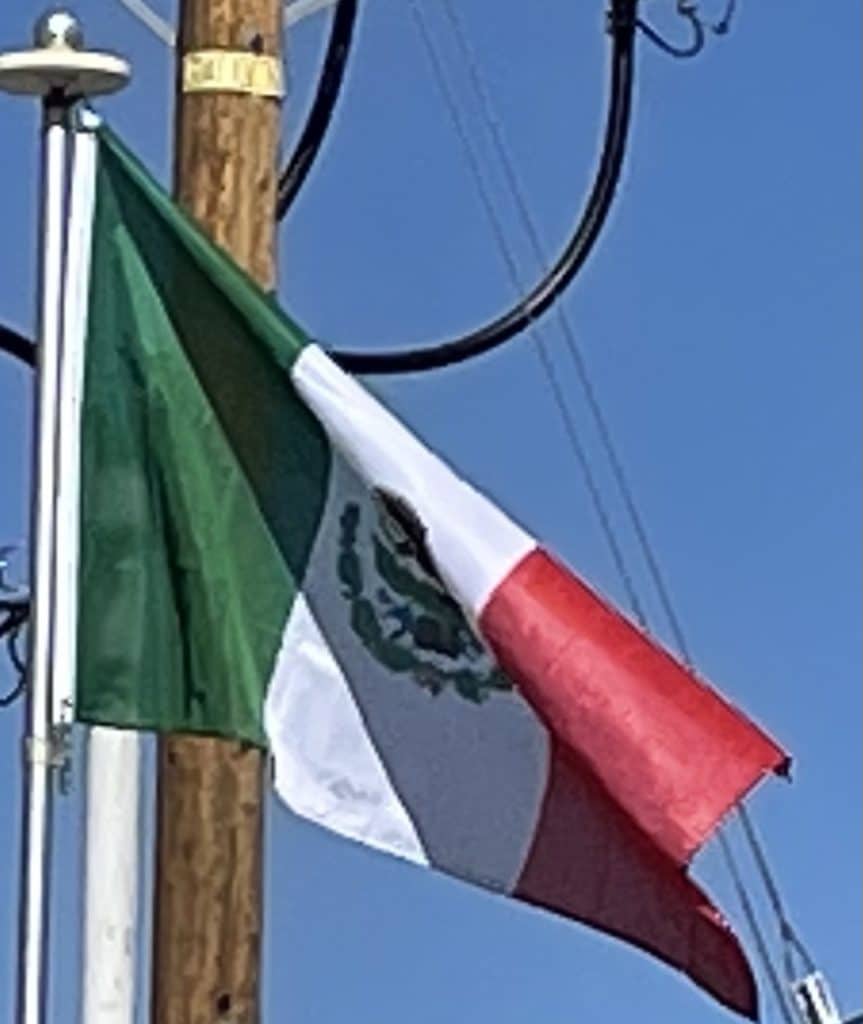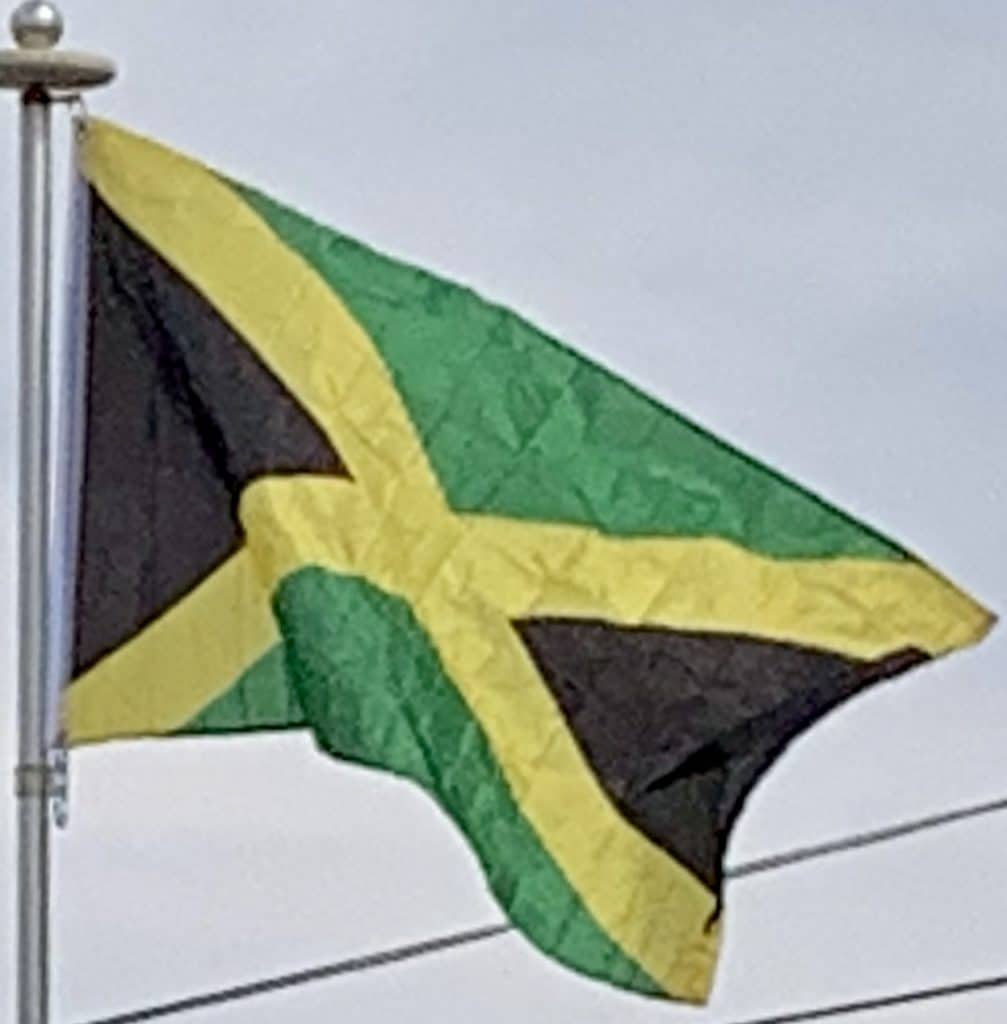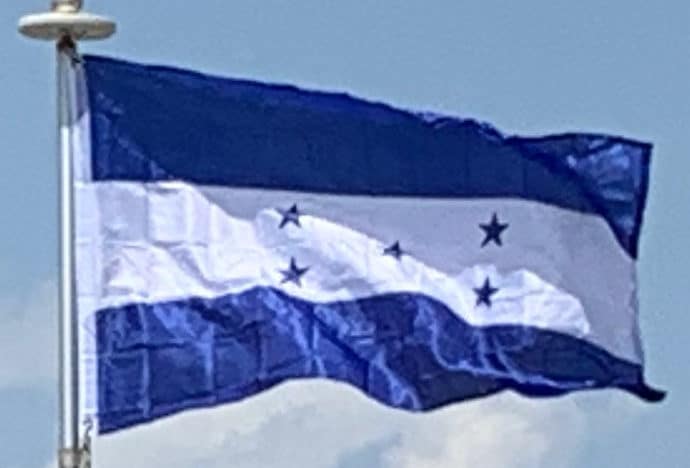Nicaragua
The two Azure bands on the flag and the arms of Nicaragua in use today are the most similar to those used by the United Provinces of Central America. The triangle, volcanoes, rising sun, Cap of Liberty, and rainbow all appeared on the original emblem. The coat of arms used today contains the name of the state, Republica de Nicaragua, whereas in 1823 the title was Provincias Unidas del Centro de America. The decision to revert to the emblems used by the United Provinces of Central America was taken in 1908 and reflected Nicaragua’s aspirations for the rebirth of the political entity formed by the 5 nations. Except for the text around the arms, the flag is very similar to that of the United Provinces of Central America. The 5 volcanoes represent the original 5 member states, the Cap of Liberty represents national freedom, and the rays of the sun and the rainbow are symbolic of the bright future to come.
